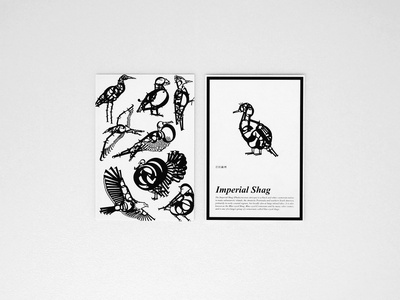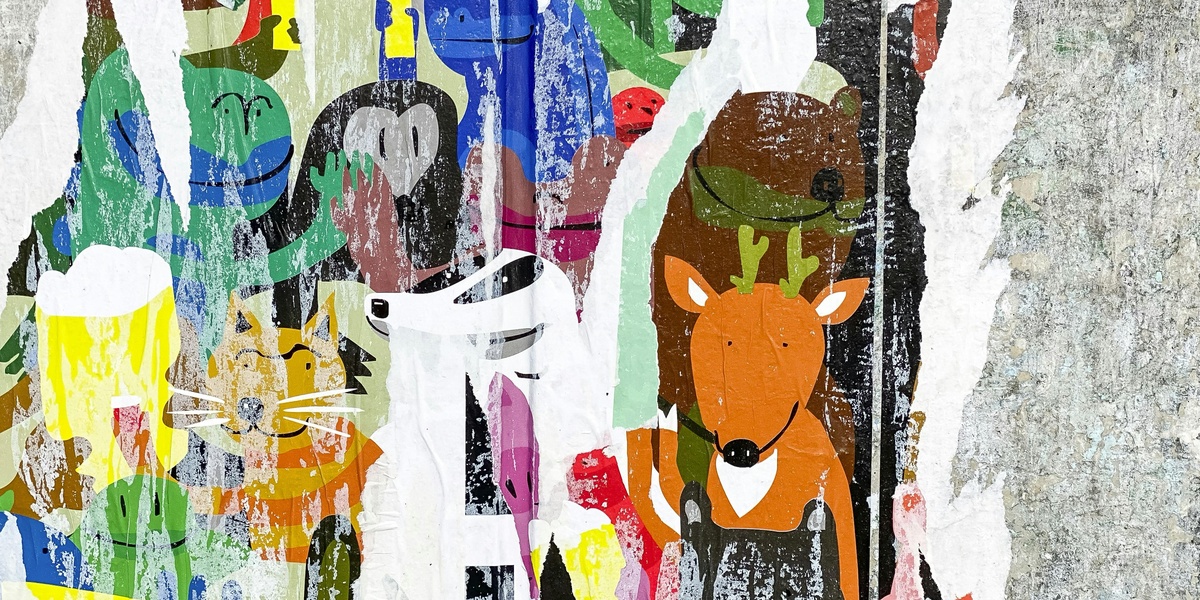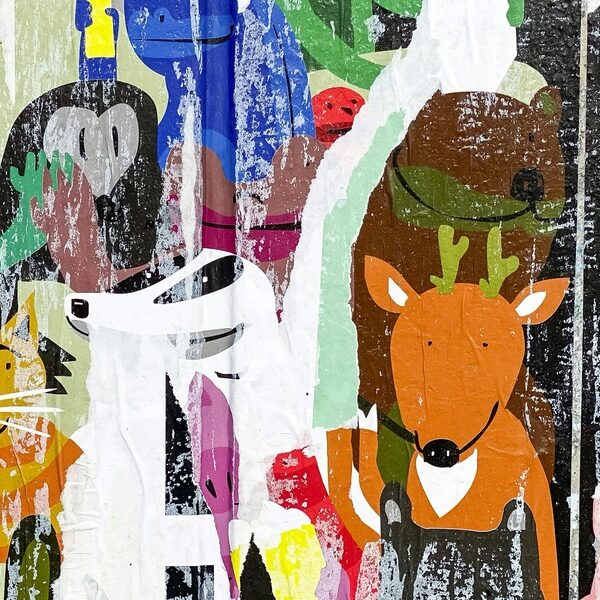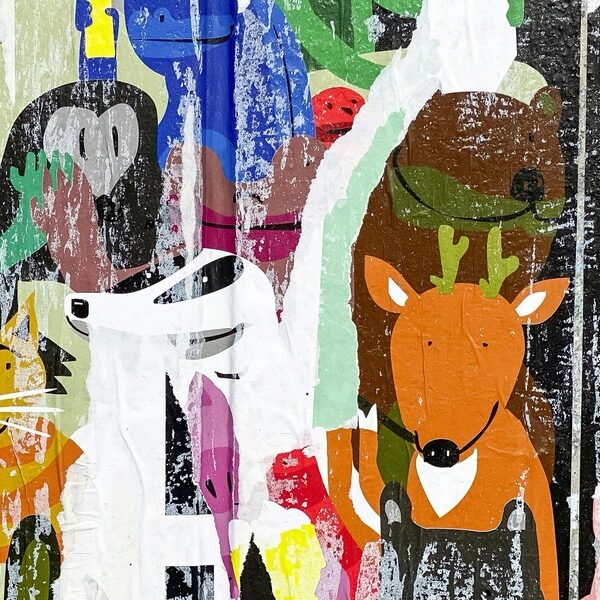This list includes 31 Common Animals that start with I, from “Ibex” to “Ivory-billed woodpecker”. These entries are mostly familiar mammals, birds, fish, and insects useful for school projects, quick reference, and classroom displays.
Common animals that start with I are species and groups whose English names begin with the letter I. Notably, the ivory-billed woodpecker became a symbol of conservation after possible modern sightings sparked wide scientific and public debate.
Below you’ll find the table with common name, scientific name, order, and habitat/distribution.
Common name: Shows the everyday name you know, helping you find species quickly for schoolwork or casual reference.
Scientific name: Gives the Latin binomial so you can identify the exact species across languages and scientific lists.
Order: Lists the taxonomic order to show broader relationships and help compare similar animals at a glance.
Habitat/distribution: Brief range and typical environments, so you understand where each animal lives and is found.
Common Animals that start with I
| Common name | Scientific name | Order | Habitat/Distribution | Description |
|---|---|---|---|---|
| Impala | Aepyceros melampus | Artiodactyla | Savannas, southern and eastern Africa | Graceful medium-sized antelope known for leaping abilities and living in herds across African grasslands. |
| Ibex | Capra (genus) | Artiodactyla | Mountain ranges in Eurasia and North Africa | Wild mountain goats with large curved horns and exceptional climbing skill on steep rocky terrain. |
| Ibis | Threskiornithidae (family) | Pelecaniformes | Wetlands and coasts worldwide (except polar regions) | Long-billed wading birds that probe mud for invertebrates; many species vary in color and size. |
| Iguana | Iguana iguana | Squamata | Tropical forests and urban areas in Central and South America | Large arboreal lizard, primarily herbivorous, common in gardens and forests. |
| Indian elephant | Elephas maximus indicus | Proboscidea | Forests and grasslands of South and Southeast Asia | Asian elephant subspecies, social herds, important for ecosystems and human cultures. |
| Indian rhinoceros | Rhinoceros unicornis | Perissodactyla | Floodplains and tall grasslands of India and Nepal | Single-horned rhino with thick, armor-like skin plates; grazes on grasses and plants. |
| Indian peafowl | Pavo cristatus | Galliformes | Native to South Asia; introduced worldwide | Male displays iridescent fan of tail feathers in dramatic courtship shows. |
| Indri | Indri indri | Primates | Eastern Madagascar rainforests | Largest living lemur, noted for loud, haunting calls and short tail. |
| Ivory gull | Pagophila eburnea | Charadriiformes | Arctic sea ice and nearby waters | Small all-white gull closely associated with pack ice and polar marine life. |
| Isopod | Isopoda (order) | Isopoda | Marine, freshwater and terrestrial worldwide | Diverse crustaceans including pillbugs and sea slaters; many adapted to varied environments. |
| Inchworm | Larva of Geometridae (family) | Lepidoptera | Forests and gardens worldwide | Caterpillar that moves by “looping,” famous for measuring-like gait and twig mimicry. |
| Irukandji jellyfish | Carukia barnesi | Cubozoa | Warm coastal waters of northern Australia | Tiny but highly venomous box jellyfish causing severe Irukandji syndrome in humans. |
| Ibisbill | Ibidorhyncha struthersii | Charadriiformes | Rocky rivers of the Himalayas and Central Asia | Distinctive shorebird with downcurved bill that feeds on river invertebrates. |
| Island fox | Urocyon littoralis | Carnivora | California Channel Islands | Small, endemic fox species with varied diet; several island subspecies exist. |
| Inca tern | Larosterna inca | Charadriiformes | Pacific coasts of Peru and northern Chile | Seabird with distinctive white moustache and agile fishing behavior. |
| Indigo bunting | Passerina cyanea | Passeriformes | North American fields, edges, and brushy areas | Bright blue male songbird in summer; migratory and common in open habitats. |
| Indigo snake | Drymarchon couperi | Squamata | Southeastern United States | Large nonvenomous snake with glossy blue-black sheen; active forager of diverse prey. |
| Indian cobra | Naja naja | Squamata | South Asia in varied habitats | Venomous “spectacled” cobra, culturally significant and common near human settlements. |
| Indian muntjac | Muntiacus muntjak | Artiodactyla | Forests across South and Southeast Asia | Small deer also called barking deer; solitary or small groups, browsers. |
| Indian star tortoise | Geochelone elegans | Testudines | Dry forests and scrublands of India and Sri Lanka | Terrestrial tortoise with striking star-patterned shell; popular in pet trade. |
| Indus river dolphin | Platanista gangetica | Cetacea | Indus River basin, Pakistan | Blind river dolphin adapted to murky freshwater; endangered with fragmented populations. |
| Inland taipan | Oxyuranus microlepidotus | Squamata | Arid interior regions of Australia | Extremely venomous but reclusive snake found in remote desert habitats. |
| Icefish | Channichthyidae (family) | Perciformes | Southern Ocean around Antarctica | Cold-adapted fishes with antifreeze proteins; some species lack red blood cells. |
| Irrawaddy dolphin | Orcaella brevirostris | Cetacea | Coastal and riverine waters of South and Southeast Asia | Rounded head dolphin inhabiting mangroves and river mouths, often near humans. |
| Italian wall lizard | Podarcis siculus | Squamata | Mediterranean regions, native to Italy; introduced elsewhere | Small, adaptable lizard common on walls, rocks, and gardens. |
| Imperial moth | Eacles imperialis | Lepidoptera | Wooded areas of North America | Large, colorful moth; caterpillars feed on many hardwood trees. |
| Ivory-billed woodpecker | Campephilus principalis | Piciformes | Bottomland forests of southeastern North America (historically) | Large, striking woodpecker famous for dramatic calls; likely critically endangered or extinct. |
| Indian skimmer | Rynchops albicollis | Charadriiformes | Rivers and coastal sandbanks of South Asia | Unique skimmer bird with longer lower bill used to catch fish by skimming water. |
| Indian giant squirrel | Ratufa indica | Rodentia | Canopy forests of India | Large, colorful tree squirrel that lives high in forest canopies and feeds on fruits and seeds. |
| Indian pangolin | Manis crassicaudata | Pholidota | Forests and grasslands of South Asia | Nocturnal, scale-covered mammal that feeds on ants and termites using a long tongue. |
| Imperial shag | Leucocarbo atriceps | Suliformes | Coastal waters and islands of southern South America | Coastal cormorant with varied plumage; dives for fish and nests on cliffs. |
Descriptions
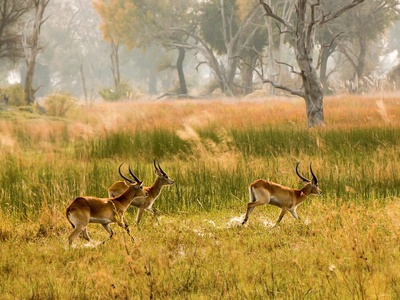
Impala
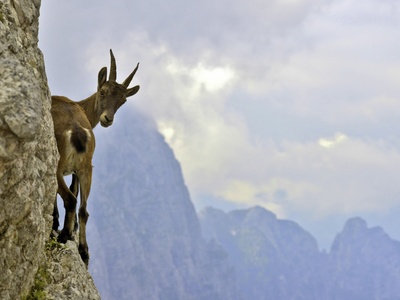
Ibex
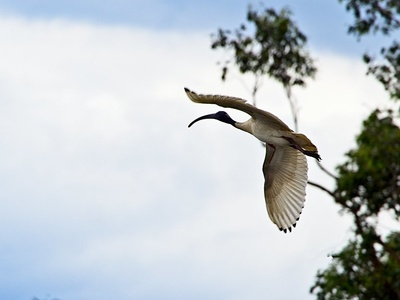
Ibis
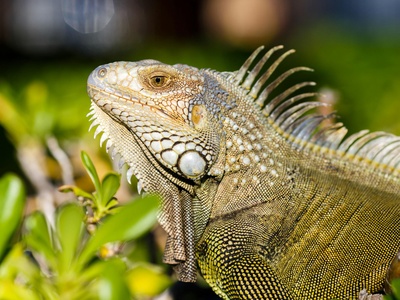
Iguana
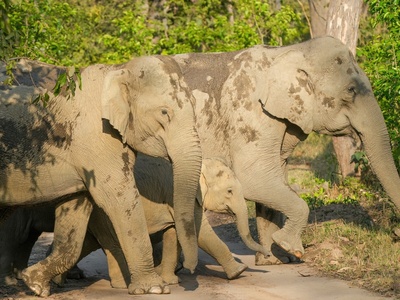
Indian elephant
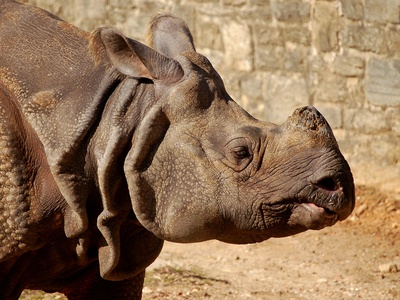
Indian rhinoceros
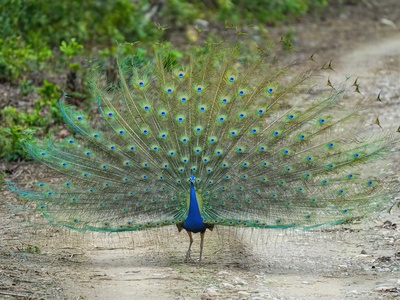
Indian peafowl
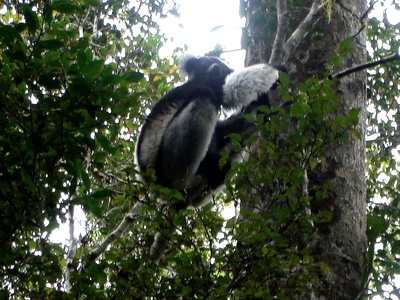
Indri
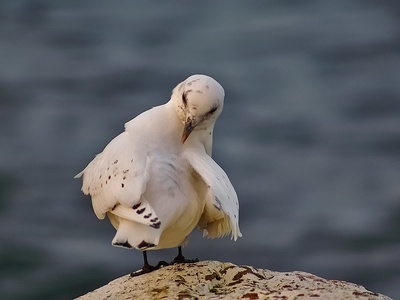
Ivory gull
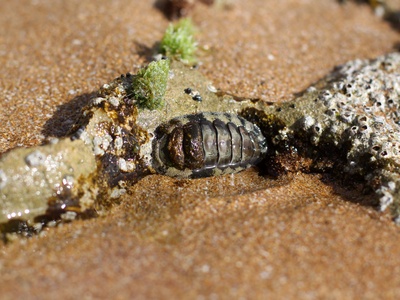
Isopod
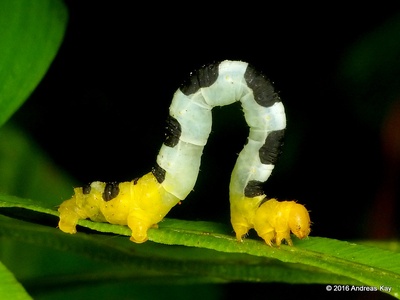
Inchworm

Irukandji jellyfish
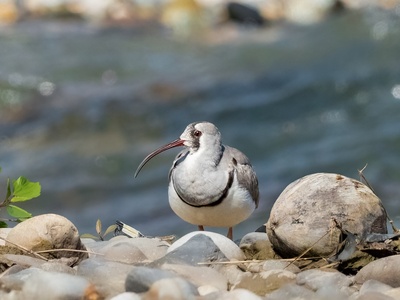
Ibisbill
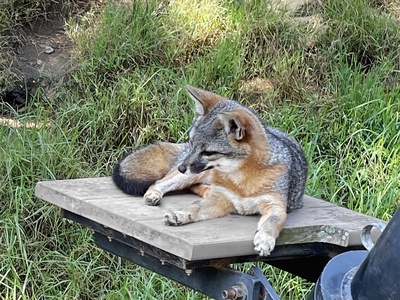
Island fox
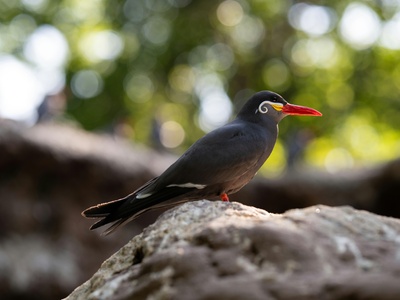
Inca tern
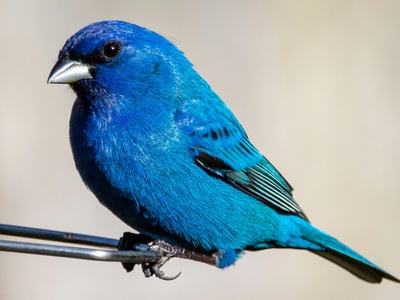
Indigo bunting
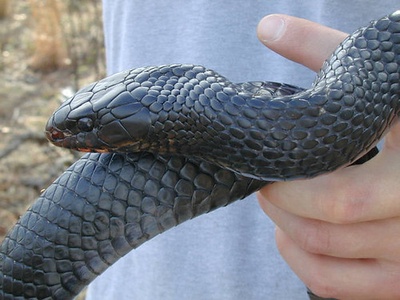
Indigo snake
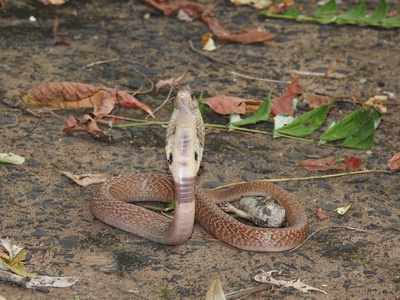
Indian cobra
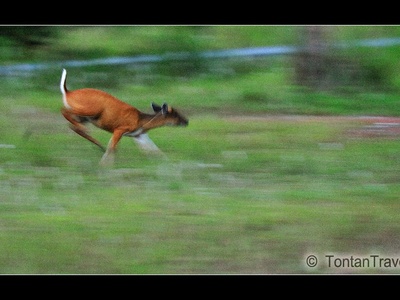
Indian muntjac
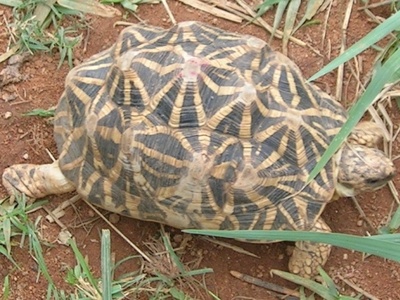
Indian star tortoise
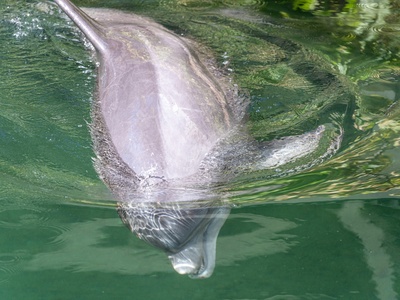
Indus river dolphin
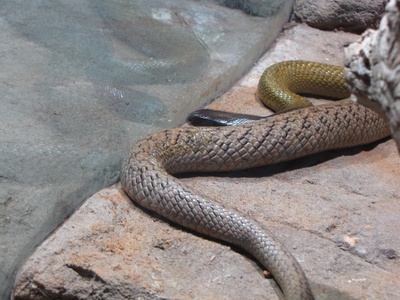
Inland taipan
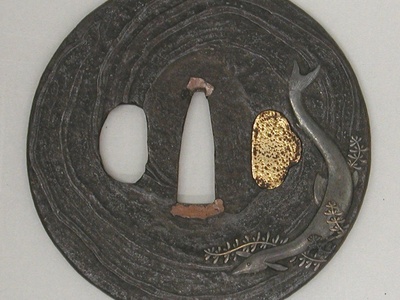
Icefish
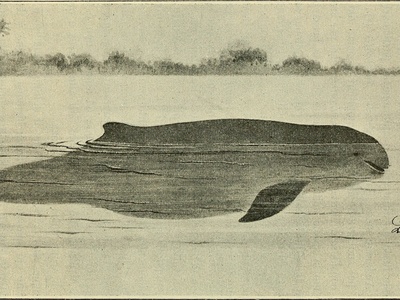
Irrawaddy dolphin
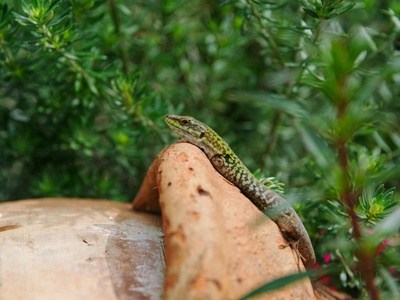
Italian wall lizard
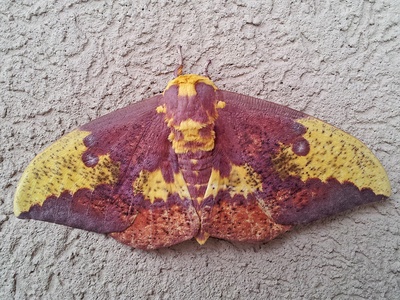
Imperial moth
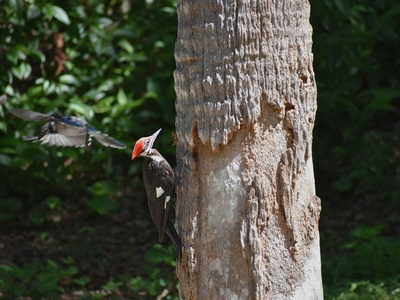
Ivory-billed woodpecker
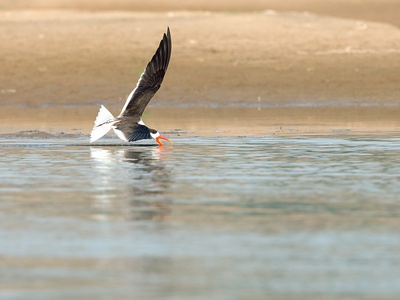
Indian skimmer
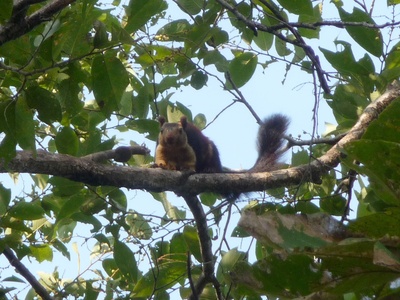
Indian giant squirrel
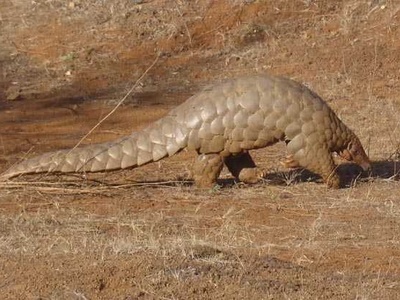
Indian pangolin
